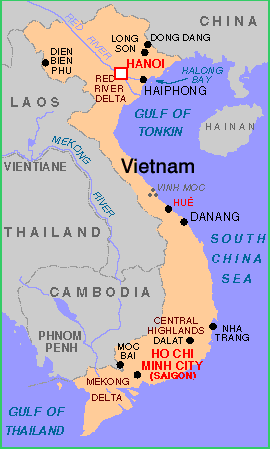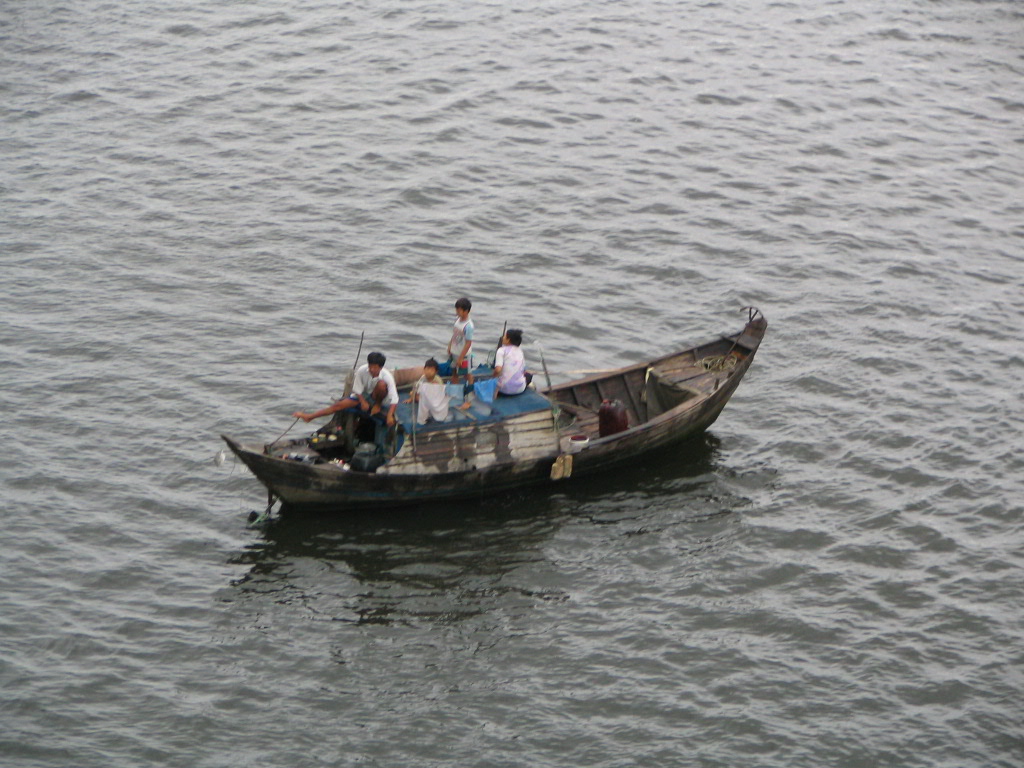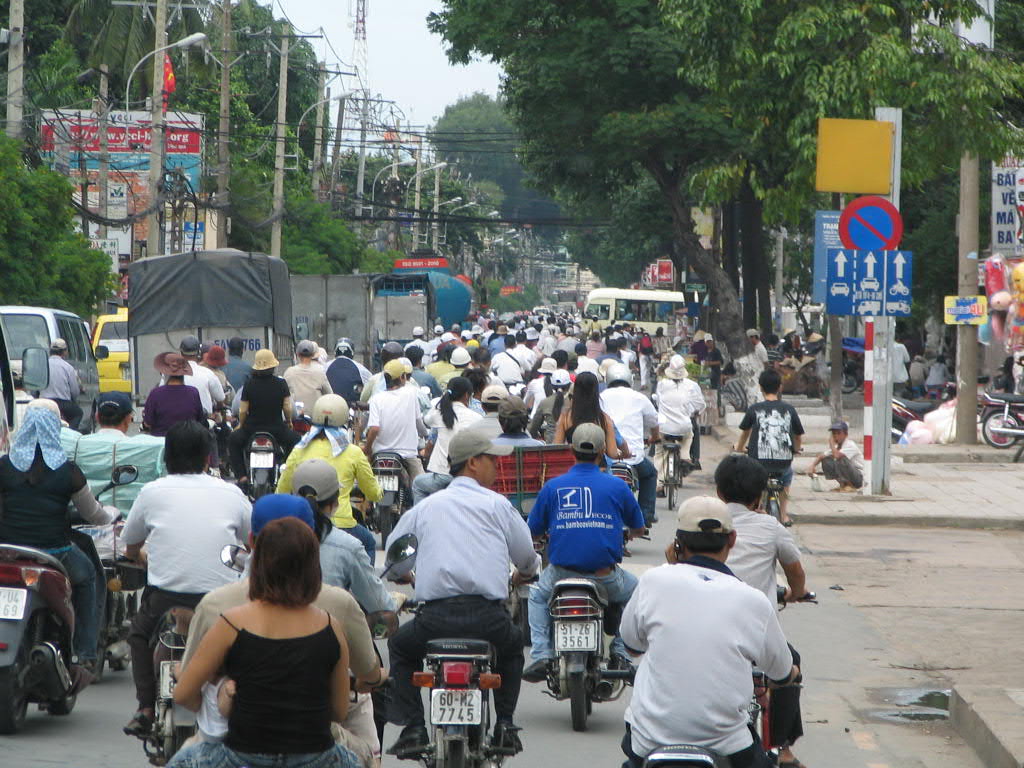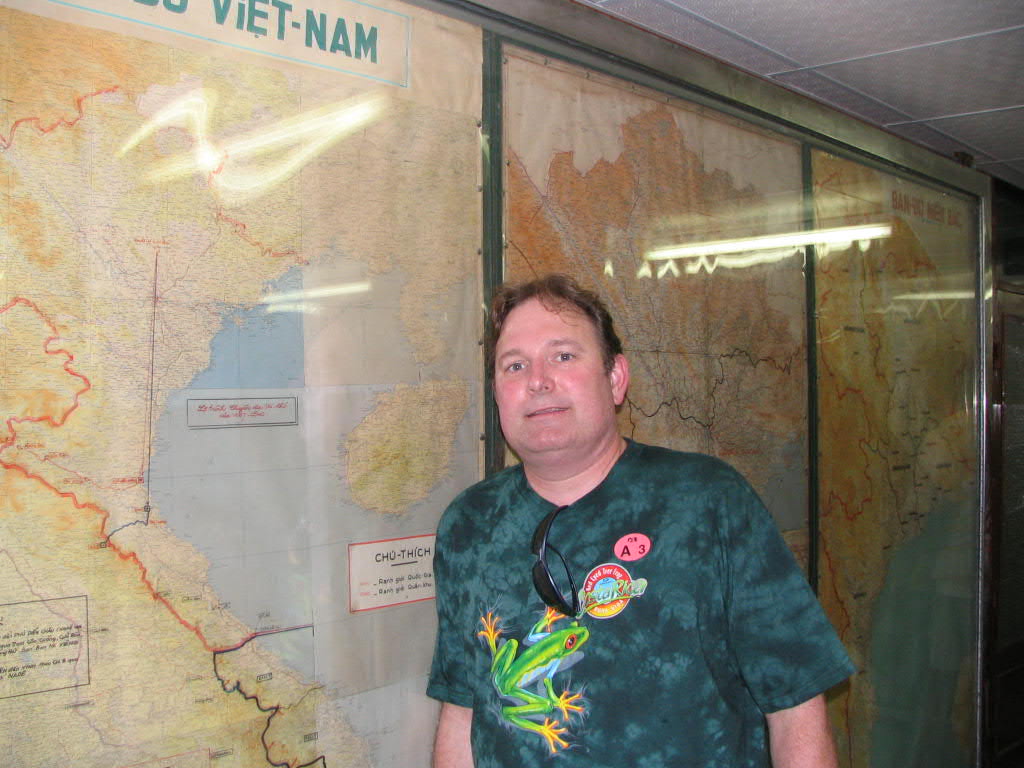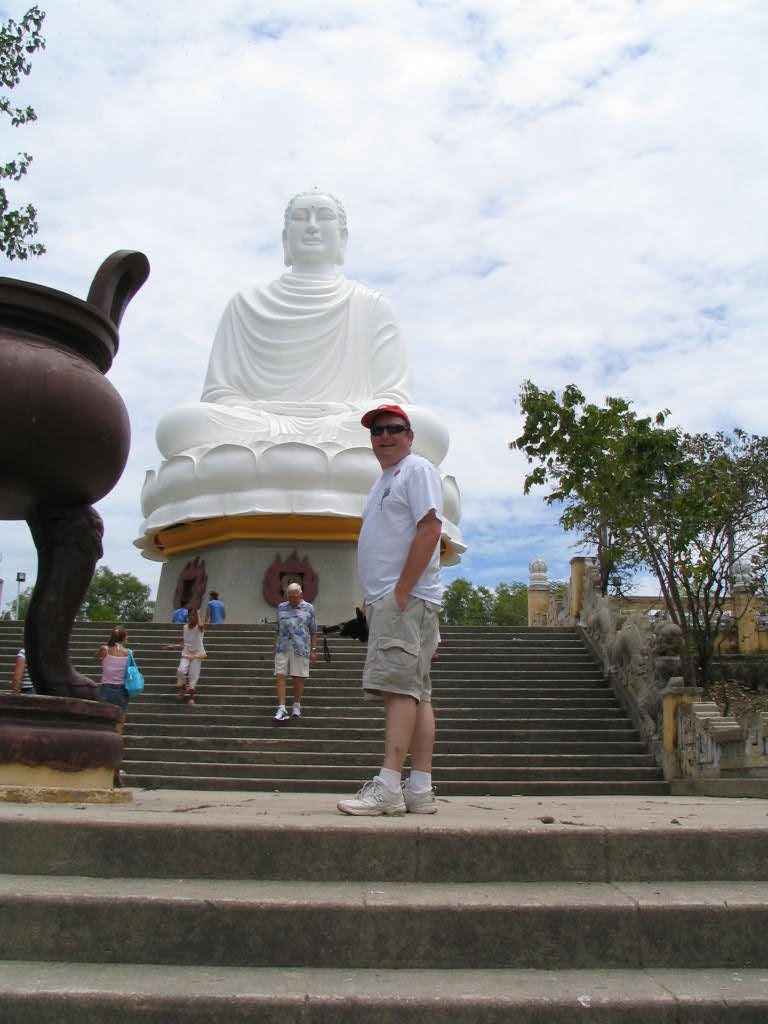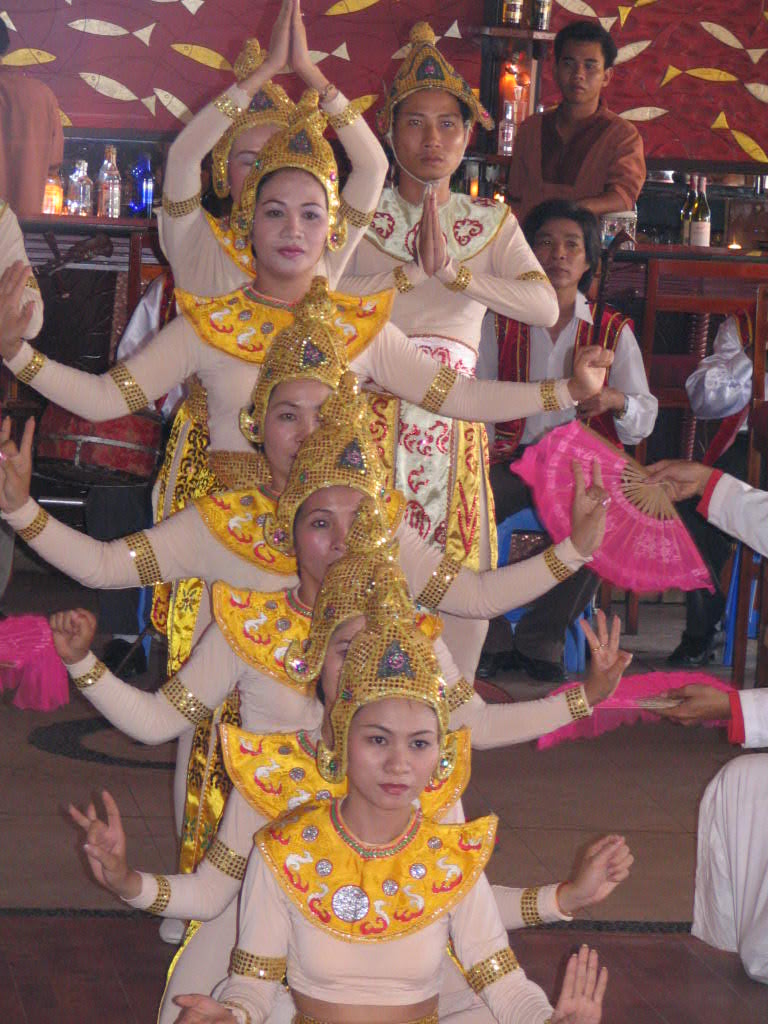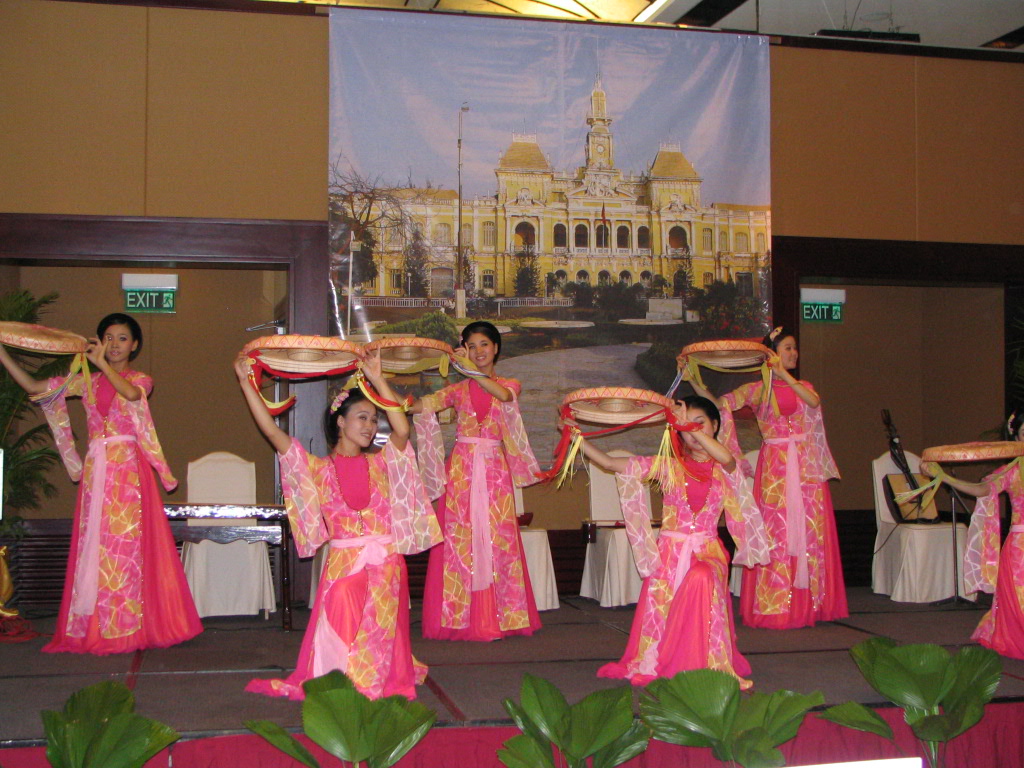The first Vietnamese
states Au Lac and Nam Viet are formed
in the third century BC. These states come under Chinese control
between the
second century BC and ninth century. However, in 935 the Trung sisters
formed the
state of Dai Viet which become independent from China.
This state eventually developed into one of the most powerful feudal
states in
South-Eastern Asia. In 1472 Dai Viet conquered the kingdom
of Champa (in the south). The
name
of the country was changed to Viet Nam
in 1804, and was renamed Dai Nam Realm or Great South Realm in 1839.
France
conquered the south of Vietnam
in 1862 and establish the colony of Cochinchina. By 1883 the central
and
northern regions come under French control and the protectorates of Annam
and Tonkin were founded. All
these possessions were
united in 1887 with Cambodia
into the Union of Indochina. In 1893 Laos
was incorporated into Indochina. Between
1940 and 1945 most of Indochina
was
occupied by Japan.
In 1945 the Vietnam Empire was formed, but the empire collapsed later
that year and the
Democratic Republic of Vietnam, a communist dictatorship, lead by Hô
Chí Minh, was
proclaimed. France
recaptured the south in 1945 and in 1946 the south became the Republic of Vietnam.
France's post-World War II unwillingness to leave Vietnam lead to an
8-year guerilla war between the communist-led Viet Minh on one side and
the
French and their anti-communist nationalist allies on the other.
Following a
humiliating defeat at Dien Bien Phu
in 1954, France
and other parties, including Britain,
China,
the Soviet Union
and the United States,
convened in Geneva, Switzerland
for peace talks. In 1954 an Agreement on the
Cessation of Hostilities in Vietnam
is signed between France and the Democratic Republic
of Vietnam. The 1954 agreement provided for a cease-fire between
communist and
anti-communist nationalist forces, the temporary division of Vietnam
at approximately the 17th parallel, provisional
northern (communist) and southern (noncommunist) zone governments and
the
evacuation of anti-communist Vietnamese from northern to southern Vietnam.
The agreement also called for an election to be
held in 1956 to bring the two provisional zones under a unified
government.
However, the South Vietnamese Government refused to accept this
provision and
in 1955 South Vietnam
declared itself independent. In the late 1950s, North Vietnam
reactivated the network of communist guerillas that remained
behind in the south. These forces, the Viet Cong, aided covertly by the
north,
started an armed campaign against officials and villagers who refused
to support
the communist reunification cause. In 1961, at the request of South
Vietnamese
President Ngo Dinh Diem, the United States
sent military advisers to South Vietnam
to help the government there deal with the Viet Cong
campaign. In 1963 the United States
increased its military support for South Vietnam
and in 1965 the first United States
combat forces were sent to Vietnam.
Ho Chi Minh was succeeded in 1969 by Tón Dúc
Tháng.
Peace talks lead in 1973 to the Paris Accords. As a result, the south
was
divided into a patchwork of zones controlled by the South Vietnamese
Government
and the Viet Cong. The United States withdrew its forces, although US
military
advisers remained. In early 1975, North Vietnamese regular military
forces
begin a major offensive in the south, inflicting great damage to the
south's
forces. The communists took Saigon
in 1975 and announced their intention of reunifying
the country. Both Vietnam's
were unified into the Socialist Republic of Vietnam in 1976. Today Vietnam remains a communist
one-party state with an economy that is fastly moving toward capitalism.

